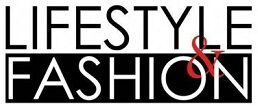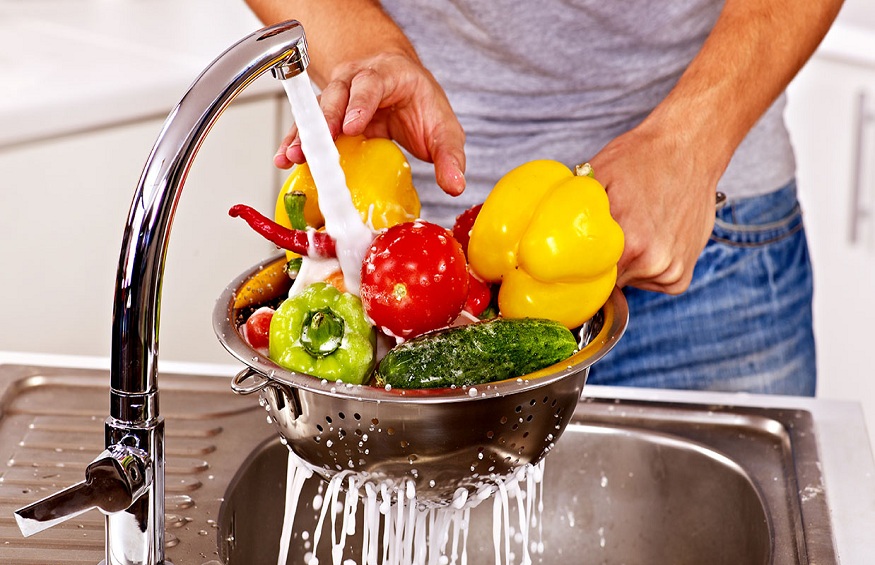The “ Hygiene Package ” is a term well known to professionals, although it has undergone many changes in recent years. This is a body of European legislation framing, harmonizing and simplifying food safety provisions in collective catering . But have you taken into account its many changes over time?
French restaurateurs are invited to refer to he following texts
:Decree No. 2009-1121 of September 16, 2009 implementing Article L. 214-1 of the Consumer Code with regard to the hygiene of products and foodstuffs intended for human consumption other than products of ” animal origin and foodstuffs containing it
The decree of 8 October 2013 relating to the health rules applicable to retail trade, storage and transport activities of products and foodstuffs other than products of animal origin and foodstuffs containing them
Once these observations have been made, let us now move on to concrete solutions that allow us to respond to these injunctions.
THE HACCP APPROACH: THE IDEAL METHOD TO REMEMBER NOTHING?
The HACCP approach consists of an analysis of the critical points and the dangers to be controlled, with many strict steps . In principle, the process aims to use preventive measures, to carry out daily checks and to involve the teams in the various tasks.
The HACCP standards in catering are based on a proactive attitude . Your role is to:
Analyze the potential dangers that may arise in your kitchen (chemical, physical, microbiological), while evaluating the potential consequences for meals.
Determine the critical points threatening food security, and set the thresholds beyond which it is necessary to apply corrective or emergency measures.
Define and implement a range of tools and devices allowing the scrupulous monitoring of hygiene in your establishment. This notably involves regular inspections, the appointment of a hygiene manager, etc. All of these elements must be recorded in a monitoring protocol
Create corrective measures to be applied in the event of an anomaly in compliance with HACCP standards
Update the health control plan , a file containing all the protocols, the hazard analysis and all the records concerning these principles and their application.
In order not to miss any important element, we advise you to use the so-called “5M” method :
” Labor “: check the conformity of the clothing worn by the staff, as well as the respect of compulsory hygiene procedures
” Middle “: make sure that the premises are compliant and that the forward movement is respected
” Equipment “: check the condition of the equipment and its regular maintenance
” Material “: check the expiry date of the products (DLC, DDM) and the monitoring of the temperatures of the preparations
“ Method ”: make sure that internal procedures are applied, such as keeping test dishes, recording refrigerator temperatures and checking products on reception.
WHAT ARE THE OTHER GOOD PRACTICES TO APPLY TO STAY AT THE FOREFRONT OF IRREPROACHABLE FOOD SAFETY?
food-safety-collective-restaurant
A word of advice: arrange your premises appropriately in order to facilitate the implementation of ” walking forward “, and not to cross dirty areas with clean areas. It is possible to carry out leveling works even after their construction. As much as possible, avoid nooks and crannies, favor a rounded shape as much as possible, install a non-slip floor fitted with floor drains, equip your kitchen with appliances and stainless steel worktops. Finally, the premises must be ventilated with filtering ventilation .
Regularly carry out an internal audit to ensure proper compliance with all regulations . This should answer the following questions:
Remember that the restaurateur is responsible for the deterioration of the food he processes on a daily basis. You are now in possession of all the essential elements to know, apply the regulations in force in terms of food safety and improve the daily management of your collective restaurant!


